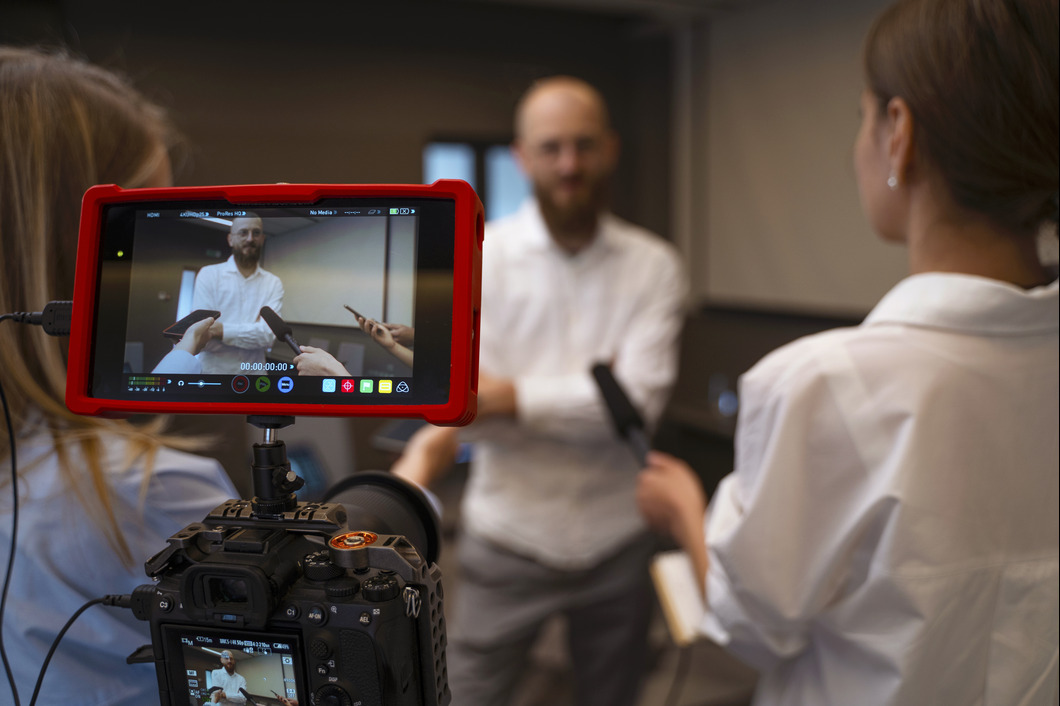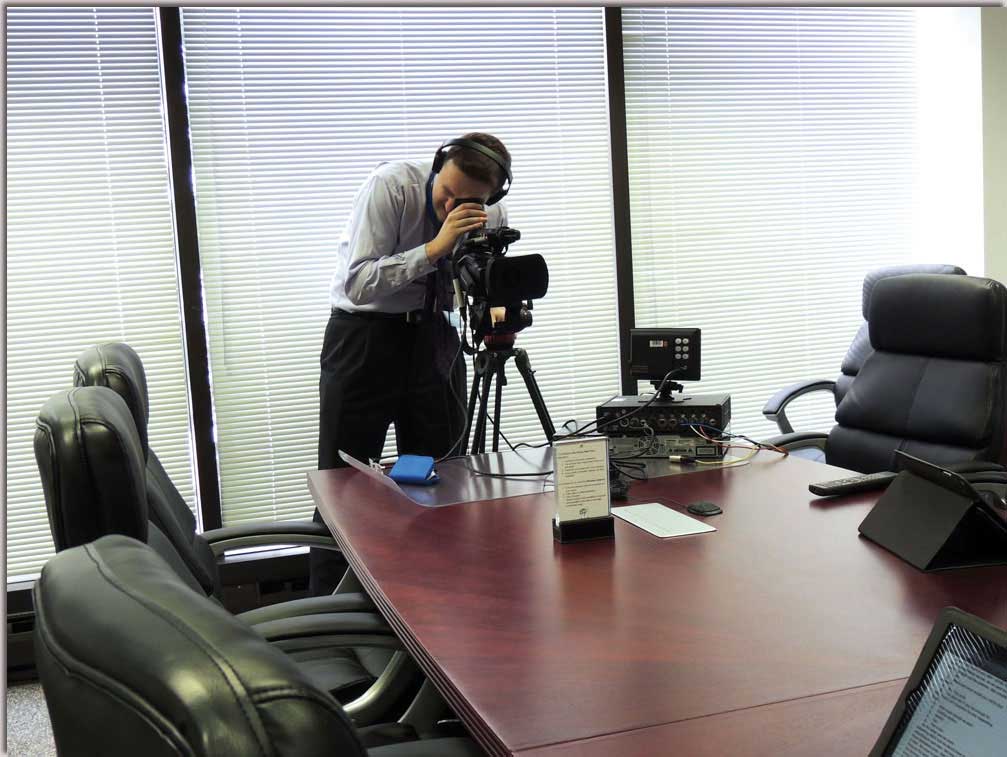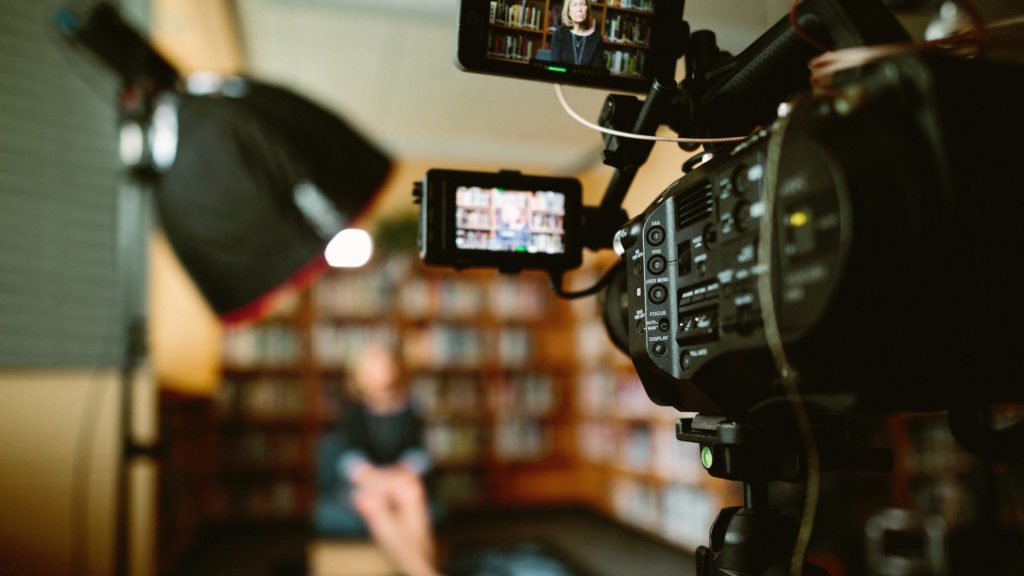The Ultimate Guide to Legal Videography for Lawyer and Legal Teams
The Ultimate Guide to Legal Videography for Lawyer and Legal Teams
Blog Article
Exploring the Devices of Legal Videography: Introduction Its Operation in Shielding Genuine Visual Testimony for Judicial Process
In the world of judicial procedures, the function of legal videography stands as a cornerstone in preserving and offering visual evidence. As technology continues to advancement, the devices behind legal videography have actually ended up being increasingly detailed, using a critical layer of credibility to testaments recorded on video clip.
Historic Development of Lawful Videography
Analyzing the historical development of lawful videography exposes a significant makeover in the capturing and discussion of aesthetic evidence within the lawful landscape. In the past, lawful proceedings heavily depended on composed records and photos to record events and provide proof. With the arrival of video clip technology, the legal market witnessed a standard change in how visual statement was caught and provided.
The development of legal videography can be mapped back to the late 20th century when innovations in video recording equipment made it extra easily accessible for use in courtrooms. This technical development not only boosted the accuracy and reliability of visual proof yet also transformed the method instances were offered to courts and judges (Legal Videography). Lawyers began to recognize the convincing power of video clip recordings in sharing emotions, subtleties, and non-verbal cues that created pictures or records alone could not capture efficiently

Innovation Improvements in Video Clip Documents
What key technical improvements have changed video documentation in the legal area? The legal field has seen substantial improvements in video clip paperwork innovation that have actually enhanced the credibility and integrity of aesthetic evidence in judicial process. Among the crucial advancements is high-definition (HD) video recording capabilities, which give crystal-clear photos and sharp details that are essential for properly capturing statements, face expressions, and various other visual cues. In addition, the integration of timestamping and metadata functions in video documents devices has enabled precise documents of when and where the video was videotaped, guaranteeing the honesty of the evidence presented in court.
Furthermore, advancements in video clip security and watermarking innovations have actually strengthened the security and tamper-proof nature of video evidence, guarding it versus unauthorized changes or meddling. In addition, the arrival of cloud storage options and remote accessibility capacities has structured the storage space, retrieval, and sharing of video proof, assisting in smooth partnership amongst attorneys and making certain effective accessibility to essential aesthetic testimonies when required. These technological improvements in video clip documents have most certainly revolutionized the legal area, enhancing the accuracy, integrity, and admissibility of aesthetic proof in judicial procedures.
Function of Lawful Videographers in Courtroom Settings
The advancement of video clip documentation innovation in the lawful field has actually demanded a crucial duty for lawful videographers in court setups, making sure the integrity and dependability of visual testimonies presented during judicial proceedings. Legal videographers play a basic role in capturing and protecting exact visual proof that can be crucial in lawsuit. Their responsibility includes establishing up tools, taping procedures, and creating high-quality videos that accurately mirror the events in the court room.
In court settings, lawful videographers need to stick to stringent standards and criteria to keep the credibility of the aesthetic document. They must possess a keen eye for information and a detailed understanding of legal procedures to make sure that the video they capture is a real representation of the occasions that transpired. In addition, lawful videographers commonly function closely with legal groups to ensure that the video evidence straightens with the case's demands and can be efficiently presented in court to sustain the lawful arguments being made. On the whole, the role of legal videographers in court room settings is crucial in maintaining the principles of justice and ensuring the openness of legal proceedings.

Ensuring Admissibility and Honesty of Video Evidence
To maintain the trustworthiness of visual evidence offered in legal procedures, making sure the admissibility and stability of video proof is an important duty for legal videographers. Admissibility describes the approval of proof by the court, and for video clip evidence to be acceptable, it should satisfy specific requirements. Legal videographers Click This Link play a crucial role in ensuring that the video clips they catch follow the rules of evidence, such as credibility, importance, and integrity.
Honesty of video evidence includes keeping the originality and precision of the footage from the moment it is videotaped till it is presented in court. This includes firmly saving the video clip data, recording the chain of safekeeping, and protecting against any kind of meddling or alterations. Legal videographers should comply with stringent methods to assure the stability of the video clip evidence and protect against any kind of difficulties to its credibility.
Future Trends in Legal Videography
Given the increasing dependence on innovation in lawful process, legal videographers are positioned to embrace cutting-edge advancements shaping the future of visual testament capture and discussion. Among the noticeable trends coming up is the integration of online reality (VR) and enhanced fact (AR) innovations right into legal videography. These modern technologies have the prospective to transform how visual evidence is provided in courtrooms, enabling courts and judges to submerse themselves in the scene of the criminal activity or incident.
Moreover, using expert system (AI) algorithms for video analysis is expected to simplify the procedure of assessing and examining huge quantities of video clip footage. AI can help in her explanation identifying key minutes, anomalies, and patterns within video clips, boosting the efficiency of lawful investigations.

Conclusion
To conclude, legal videography has played a critical function in providing authentic aesthetic evidence for judicial proceedings. With technical innovations and the competence of lawful videographers, the integrity and admissibility of video clip proof are guaranteed in court room settings. As legal videography continues to evolve, it will certainly be important to copyright requirements that keep the accuracy and reliability of aesthetic statement for the future of lawful process.
Analyzing the historic development of lawful videography reveals a substantial makeover in the capturing and discussion of visual proof within the lawful landscape.The advancement of video documents modern technology in the legal field has necessitated a critical function for legal videographers in court settings, guaranteeing the honesty and integrity of visual testaments presented throughout judicial proceedings. In addition, legal videographers typically function closely with legal teams to make certain that the video proof lines up with the case's demands and can be successfully presented in court to sustain the lawful debates being made.To preserve the credibility of visual proof offered in lawful proceedings, making sure the admissibility and honesty check that of video evidence is a critical obligation for lawful videographers. As legal videography continues to develop, it will certainly be important to promote criteria that preserve the accuracy and reliability of aesthetic statement for the future of legal procedures.
Report this page